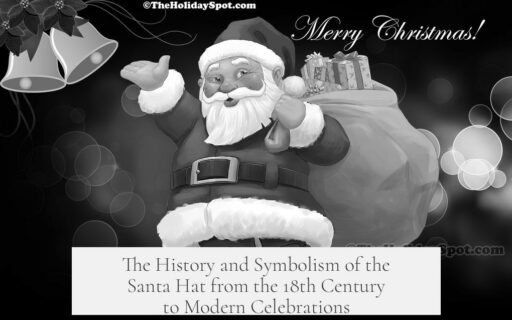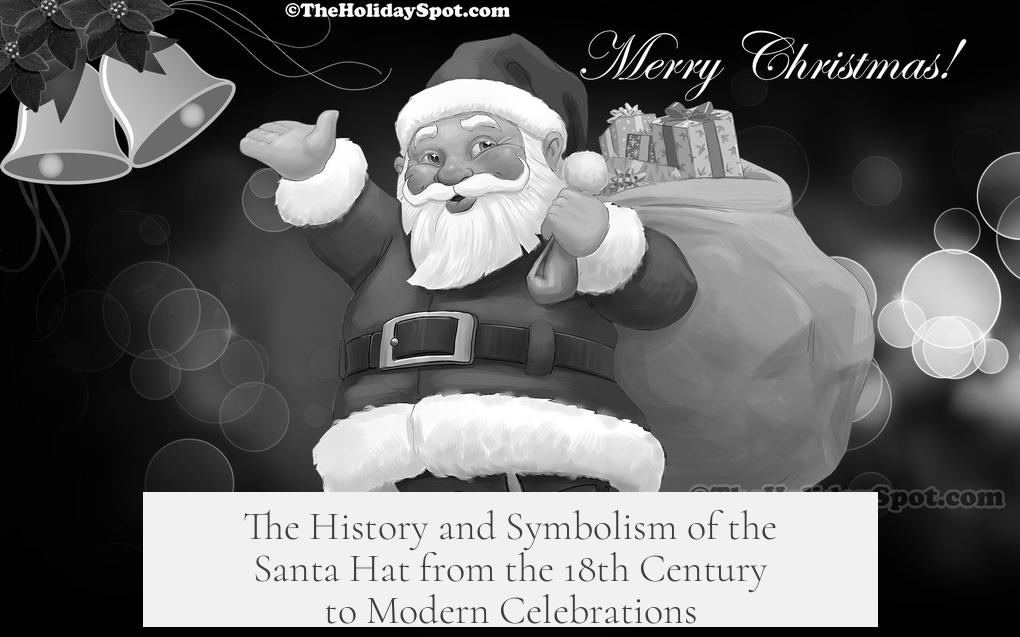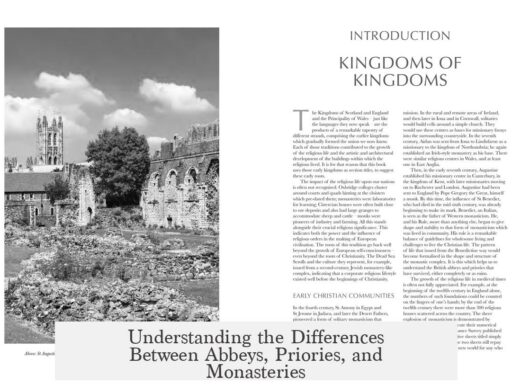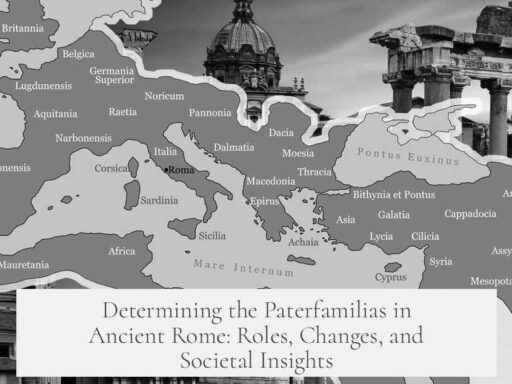The origin of the Santa hat traces back to the 18th century, derived from the traditional men’s nightcap worn during that time. This style later influenced the modern Santa image, particularly shaped by Victorian ideals.
During the 18th and early 19th centuries, men and women commonly wore nightcaps inside their homes. These caps were not solely for sleeping; they served as indoor headwear for warmth and comfort. Outdoor use of nightcaps was rare and usually discouraged, much like pajamas today.
This nightcap style forms the basis of the iconic red Santa hat with a white trim and pom-pom. The Santa image as a grandfather-like figure emerged largely from Victorian influences. Santa’s attire, including his hat, reflects clothing typical of Victorian-era grandfathers—melding the 18th-century nightcap tradition with 19th-century stylistic elements.
Santa’s freedom to wear this ‘indoor’ hat outdoors carries symbolic meaning. Traditionally, Santa visits every home, and all homes become his own during Christmas Eve. This idea connects to customs like leaving milk and cookies for him, signifying hospitality and shared warmth. Santa’s hat thus symbolizes both comfort and his unique role as a beloved holiday figure.
Visual records of early nightcaps show simple, elongated caps often knitted or made from soft fabrics. One can observe the evolution from these practical caps to the festive, stylized version seen in holiday celebrations today.
| Aspect | Details |
|---|---|
| Timeframe | 18th century nightcaps inspired origin |
| Dress Influence | Victorian era grandfather clothing style |
| Hat Style | Men’s indoor nightcap with white trim and pom-pom |
| Symbolism | Santa’s access to all homes; hospitality tradition |
- The Santa hat evolved from men’s indoor nightcaps popular in the 18th century.
- Victorian ideals shaped Santa’s grandfatherly image, influencing his attire.
- Nightcaps were indoor wear, but Santa uniquely wears his hat outdoors.
- The tradition of milk and cookies complements the symbolism of Santa’s hat.
What is the Origin of the Santa Hat?
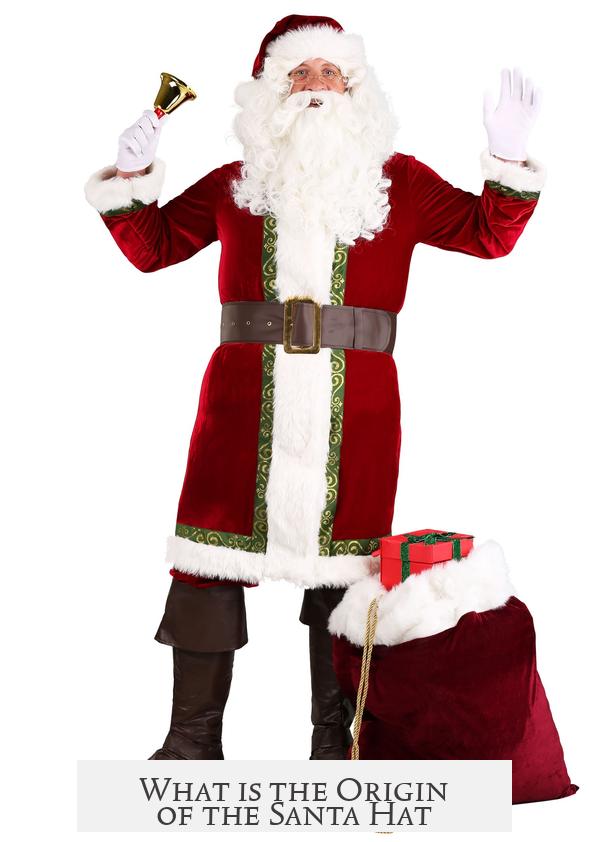
The iconic Santa hat, that fluffy red and white cap, actually originates from 18th-century men’s nightcaps, shaped by Victorian-era ideals and wrapped in symbolic tradition. But that’s just the start. Let’s unwrap this story layer by layer.
When you think about Santa Claus, the first mental image is the plump, jolly man dressed in bright red, topped with that unmistakable red hat trimmed with white fur. But have you ever wondered where that hat comes from? Surprisingly, it’s not an ancient relic from Saint Nicholas’ own time or even the Middle Ages.
A Start in the 18th Century
The earliest trace of what would evolve into the Santa hat dates only as far back as the 18th century. That’s right — this festive headgear isn’t ancient history. Rather, it’s connected to domestic fashion from centuries ago. You can actually see an example of these early nightcaps in museum collections today, such as this early 18th-century nightcap.
These were soft, often knit caps men (and women) wore indoors. Like pajamas, they were for comfort and warmth at home rather than public display. The idea of wearing them outside was as odd as putting on your bathrobe on the street.
The Victorian Era Shapes Santa’s Look
Fast forward to the 19th century, the Victorian era, when Santa’s image was being solidified. This was back when the modern concept of Santa Claus was taking shape — not just as a legendary kindly figure, but as a familiar, grandfatherly character.
Victorians loved nostalgia and family warmth, so Santa evolved to resemble the grandfather figure they all knew and cherished, complete with clothing that mirrored the attire of elderly men at the time. That 18th-century nightcap turned into the prototype for Santa’s hat. He combined that cap with a warm, old-fashioned suit that communicated both coziness and tradition.
So, Santa’s hat isn’t just festive flair. It’s a nod to how the Victorians wanted Santa to feel — approachable and homey, like a beloved elder visiting on Christmas Eve.
The Nightcap: More Than Just Sleepwear
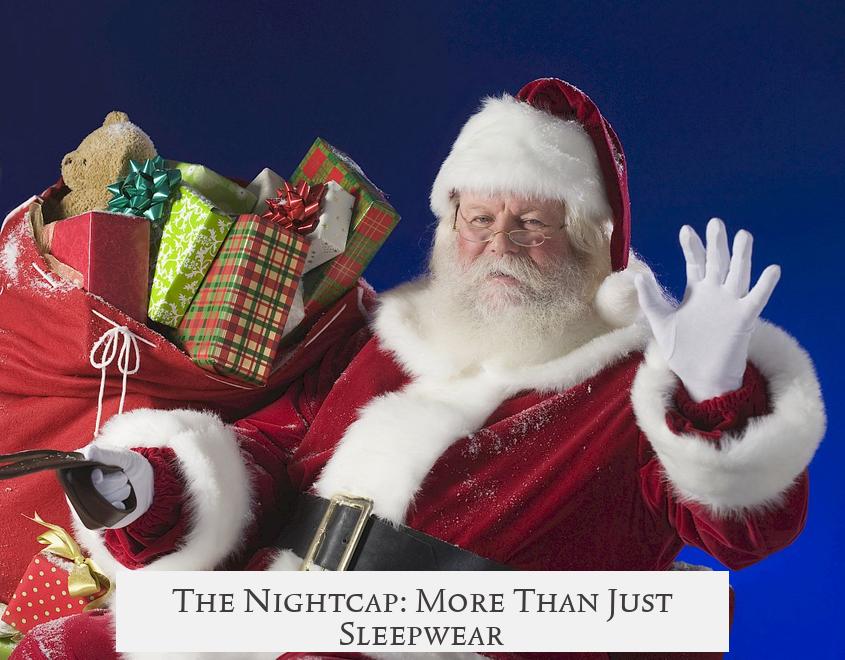
The traditional Santa hat directly descends from a men’s nightcap, an indoor garment worn by Victorian gentlemen for warmth during chilly nights at home. It wasn’t strictly for sleeping: nightcaps were part of lounging attire, akin to today’s pajamas.
Santa’s nightcap is typically red with a white trim, which is a Victorian simplification and festive color adaptation. This color choice isn’t rooted in history but rather in symbolic Christmas hues that developed later.
Here’s a quirky fact: nightcaps were so much a “home-only” item that wearing one outside would have seemed ridiculous — like going out in your slippers. But Santa? Every home is his home, so he gets a free pass to wear that comfy nightcap everywhere as he delivers presents.
Symbolism Behind the Santa Hat
The Santa hat holds a deeper symbolism tied to the tradition of Christmas itself. Santa is not just a visitor; he’s considered part of every household. This is why we leave out milk and cookies — a symbolic meal inviting him into our homes.
Since every home is Santa’s home, it’s fitting that the Santa hat (his nightcap) gets celebrated not just as cozy headwear but as a symbol of acceptance and goodwill. This tiny cap says, “Santa belongs here.” It’s warm, welcoming, and entirely in keeping with the mood of the season.
Bringing History into Modern Festivity
Today’s Santa hat is a beloved icon. You can spot it wearing proudly on heads worldwide during the holiday season—at parties, offices, parades, and malls. Yet, beneath the joyful fluff lies a rich historical narrative. From a simple 18th-century nightcap to a symbol of Christmas’s warmth, it carries meaning beyond red fabric and white trim.
Understanding this origin adds a fun depth to holiday celebrations. Next time you or your friends don a Santa hat, you’re not just embracing festive spirit — you’re adopting a tradition rooted in centuries of home comfort and Victorian storytelling.
So, Why Does This Matter?

Exploring the origins of Christmas symbols like the Santa hat enriches our holiday experience. It makes traditions feel less like random customs and more like stories tying us to past generations.
It’s an invitation to pause and consider the warmth that these symbols were designed to evoke — comfort, family, and the special spirit of welcome. And if you want to impress holiday guests or your trivia-loving friends, sharing the tale of Santa’s nightcap origins is a sure-fire way.
Who knew a simple hat could wear so much history?
In Summary
- The Santa hat originates from the 18th-century men’s nightcap, an indoor garment for warmth.
- Victorian ideals reshaped Santa’s image into a grandfatherly figure wearing this style of hat.
- Nightcaps were once homewear only, symbolizing comfort — a tradition Santa uniquely extends to the outside world because every home is his home.
- The tradition of leaving milk and cookies complements this symbolism of welcome and belonging.
- Santa’s hat is therefore both a fun holiday accessory and a meaningful emblem with roots over 200 years old.
So, next time you pull on a Santa hat, remember — you’re donning a piece of history stitched with stories of comfort, family, and festive kindness. That red cap you see isn’t just Made for Christmas; it’s Made to Welcome.
